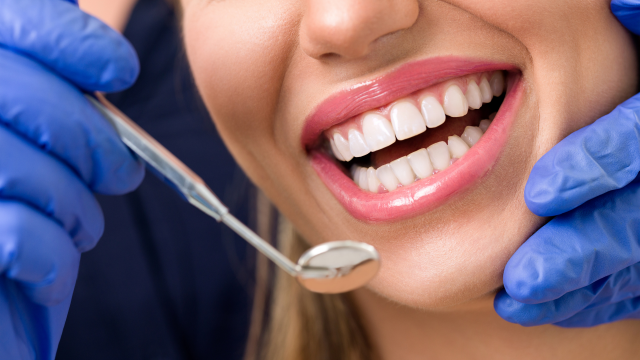
It includes corrections made to the hard and soft tissues in the mouth to assist in the construction of dentures when necessary. Oral and maxillofacial surgery, soft tissue and dental pathologies such as cysts and tumors (apical resection), treatment of tooth and jaw fractures, removal or maintenance of impacted teeth in the jawbone. Maxillofacial pain, jaw joint diseases, and salivary gland disorders are also the subjects of jaw surgery. The detection and treatment of the symptoms of some systemic diseases in the mouth can also be solved by jaw surgery.
Advanced surgical techniques such as placing implants in the jawbone, placing bone grafts in cases where there is not enough bone for the implant, and membrane applications are also included in the application area of surgery.
Another subject of maxillofacial surgery is congenital or acquired maxillofacial anomalies. Commonly encountered clefts of the palate lips and cases where chewing function and aesthetics are impaired due to the positioning of the lower or upper jaw forward or behind are among these anomalies.
Disease diagnosis in maxillofacial surgery is supported by tomography as well as apical and panoramic X-rays. In this way, a definitive diagnosis can be made before the operation and a complete treatment plan can be made. To be successful during diagnosis and treatment, it may be necessary to work multidisciplinary with other specialties of dentistry such as orthodontics and prosthesis.
Surgical procedures related to oral and maxillofacial diseases are performed under local anesthesia (regional numbing). Before the application of surgical procedures, the existing systemic diseases of the patients and their concerns about the treatment should be taken into consideration first and the treatment plan should be determined according to these criteria.

